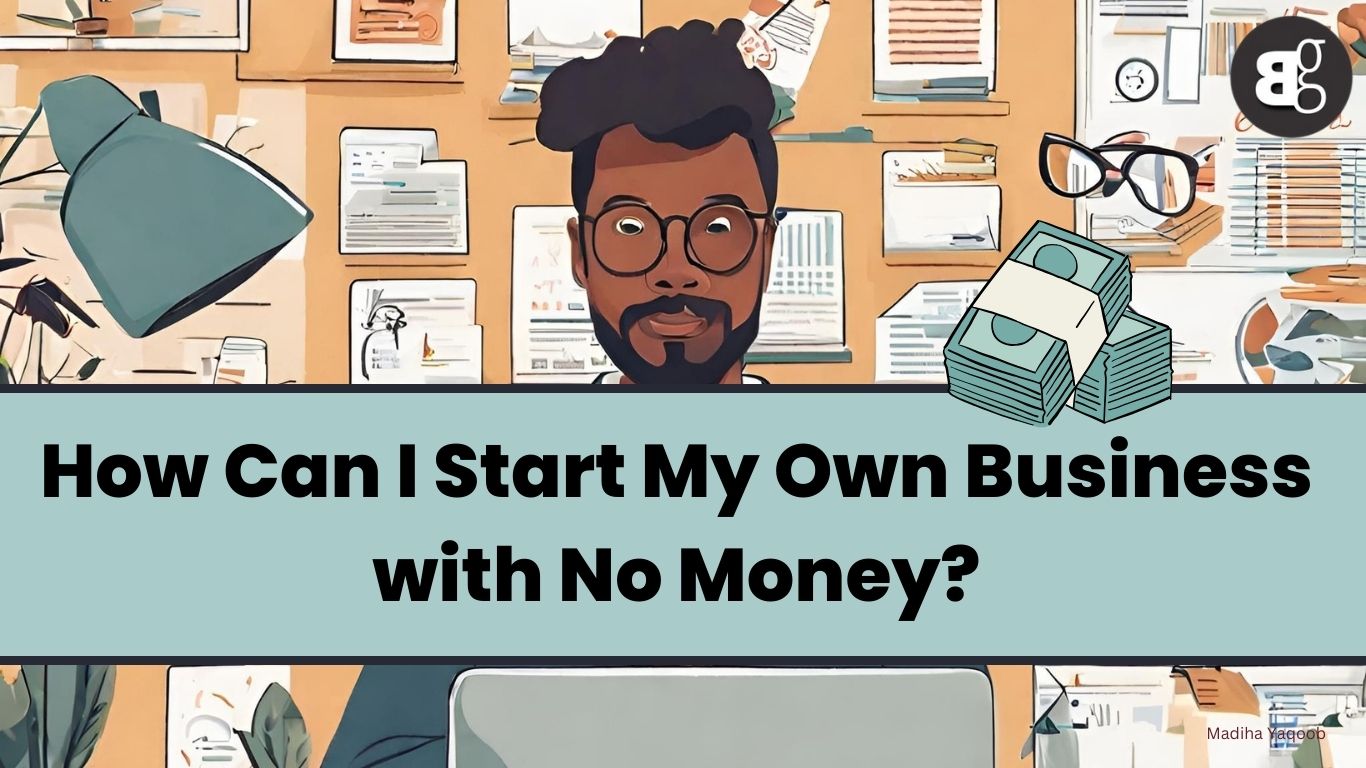How To Start Your Own Business Without Money

Tight on funds but bursting with entrepreneurial spirit? Starting a business without significant capital is tough, but achievable. Learn concrete strategies to launch your venture on a shoestring budget, leveraging resources and innovative approaches.
This guide outlines actionable steps for aspiring entrepreneurs to navigate the challenges of bootstrapping, focusing on minimizing costs and maximizing resourcefulness. We'll cover ideation, validation, securing resources, and initial operations, proving that passion and ingenuity can outweigh a hefty bank account.
Ideation & Validation: The Foundation of Frugality
Begin with thorough market research. Identify a problem you can solve efficiently and inexpensively.
Validate your idea by offering a Minimum Viable Product (MVP) to a small target audience. Gather feedback and iterate without significant upfront investment. Focus on lean methodologies.
Leveraging Free & Low-Cost Resources
Utilize free online tools for market research, website building, and marketing. Platforms like Google Analytics, WordPress (with free themes), and Canva can be invaluable. Don't underestimate the power of free.
Embrace social media for organic marketing. Build a community and engage with potential customers. Focus on creating valuable content, it may be your cheapest option.
Bootstrapping Strategies: Turning Scarcity into Strength
Start with a service-based business requiring minimal inventory. Consulting, freelance writing, or virtual assistance are excellent options. This can significantly cut down on initial costs.
Consider dropshipping to avoid inventory management. Partner with suppliers who handle fulfillment. Focus on marketing and customer service.
Barter your skills and services. Exchange what you can offer for what you need. This can be a creative way to acquire resources without spending money.
Securing Resources & Funding (Beyond Banks)
Explore crowdfunding platforms like Kickstarter or Indiegogo. Present a compelling story to attract backers. Be sure to consider that you're giving equity away.
Seek microloans from community organizations or online lenders. These often have less stringent requirements than traditional banks. But remember, loans need to be paid back!
"According to a 2023 report by the Small Business Administration (SBA), more than 70% of small businesses are initially funded with personal savings or by friends and family. This highlights the importance of resourcefulness and personal networks."
Building Your Network: Your Greatest Asset
Attend industry events and networking meetings. Connect with potential mentors, partners, and customers. Building genuine relationships can lead to unexpected opportunities.
Join online communities and forums related to your industry. Share your expertise and learn from others. Networking is not just about taking, it's about giving back.
Operations & Scaling: Maintaining Momentum
Automate tasks where possible using free or low-cost tools. This will save time and improve efficiency. Automation allows you to focus on what matters.
Reinvest profits strategically to grow your business. Focus on activities that generate the highest return. Remember, you're playing the long game.
Track your expenses meticulously. Understand your cash flow and make informed decisions. Financial literacy is crucial for sustainable growth.
Prioritize customer satisfaction. Word-of-mouth marketing is powerful and free. Happy customers are your best advocates.
Next Steps: From Idea to Action
Start small and iterate quickly. Don't wait for everything to be perfect. Launch, learn, and adapt. The best time to start is now.
Continuously seek feedback and improve your offering. Stay adaptable and responsive to market changes. The market is dynamic and you must be flexible.


















